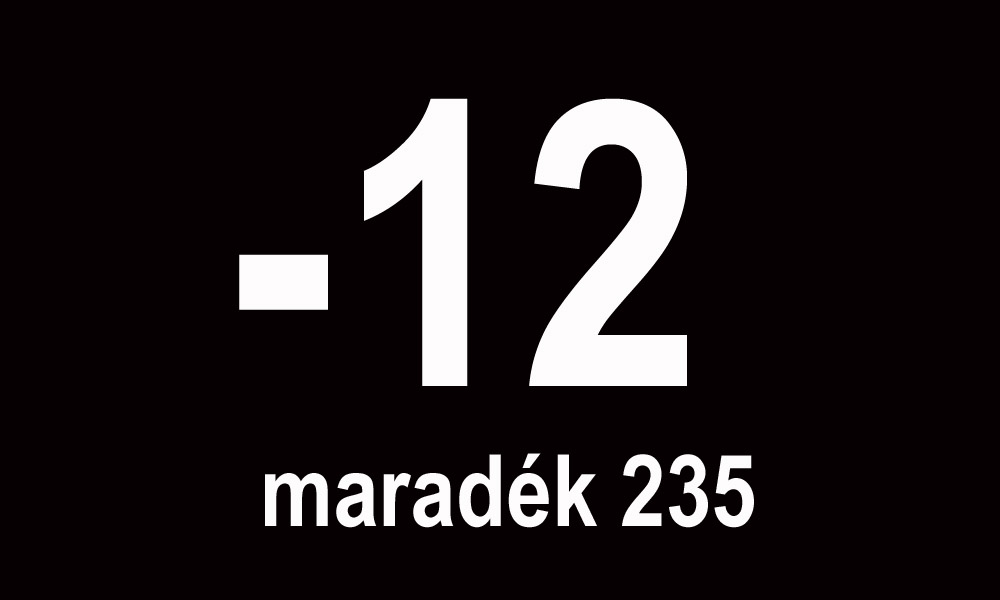By Jonas Staal
1.
The struggle of art in the twentieth century is characterized by an aspiration for freedom. It has battled the church, the state and the wealthy bourgeoisie in order to no longer have to serve a religious, political or economic agenda. Politics in The Netherlands took that battle seriously. In our post-war era, politics had assigned to art the financed duty to be free. Any direct ideological commitment had become suspect, as a result of the role played by art in the Nazi and Stalinist systems. The conclusion of both politics and the art world was that it was better not to be engaged at all, than to be engaged with the wrong parties. A generic politics – a politics that exchanged ideology for management, out of fear for dirty hands – sponsored an equally generic art. An art that does not dare to serve a larger political project is thereby nothing but entertainment for the voter-consumer and his managers.
Without making explicit their ideals, both art and politics have fallen prey to demagogues and populists, who utilize the spineless landscape of capitalist democracy and its art as an open field for ideas. Ideology is back, yes, but it is in the hands of racists such as Dutch far-right Freedom Party leader Geert Wilders. And art is political again: but only because those same agitators discard it as a plaything of the elite. We are in need of a proactive politics and a proactive art, which dare to serve a truly ideological project. The outlines hereof have become visible in recent times. From activists for Internet freedom, such as WikiLeaks and Anonymous, to the worldwide Occupy Movement: democracy is being defended fundamentally as an open, non-exclusive space. A movement such as Occupy, for instance, is not a readymade ideology, but an instrument, through which politics is brought back to the streets, and democracy is shifted from representation to action. Fundamental democracy is thus an ideological project that does not compose a political system by itself, but actually makes it available for society as a whole.
What can be the role of art within this political movement? According to the Polish artist, Artur Żmijewski:
“By becoming once again dependent, art may learn how to be socially useful, even at an operational level.”
Art may only become of social significance again if it dares to make the ‘freedom’ it has gained in the 20th century serve an ideological project. The movement in service of fundamental democracy is in search of a truly new visual language, a form that effectively makes the democratic instruments available for the people as a whole. This is where art can demonstrate its power, namely: its imagination.
more: Berlinbiennale

 MMA countdown – Free Artists welcomes the resigned MMA-members!
MMA countdown – Free Artists welcomes the resigned MMA-members! TRANSZPARENCIÁT!
TRANSZPARENCIÁT!